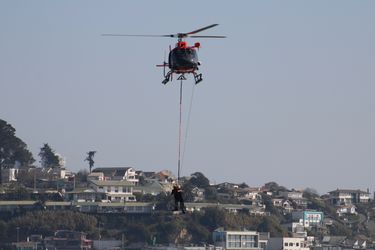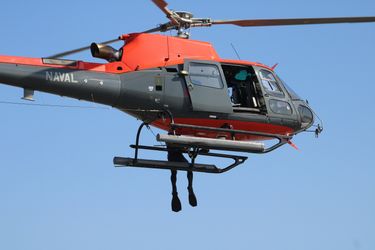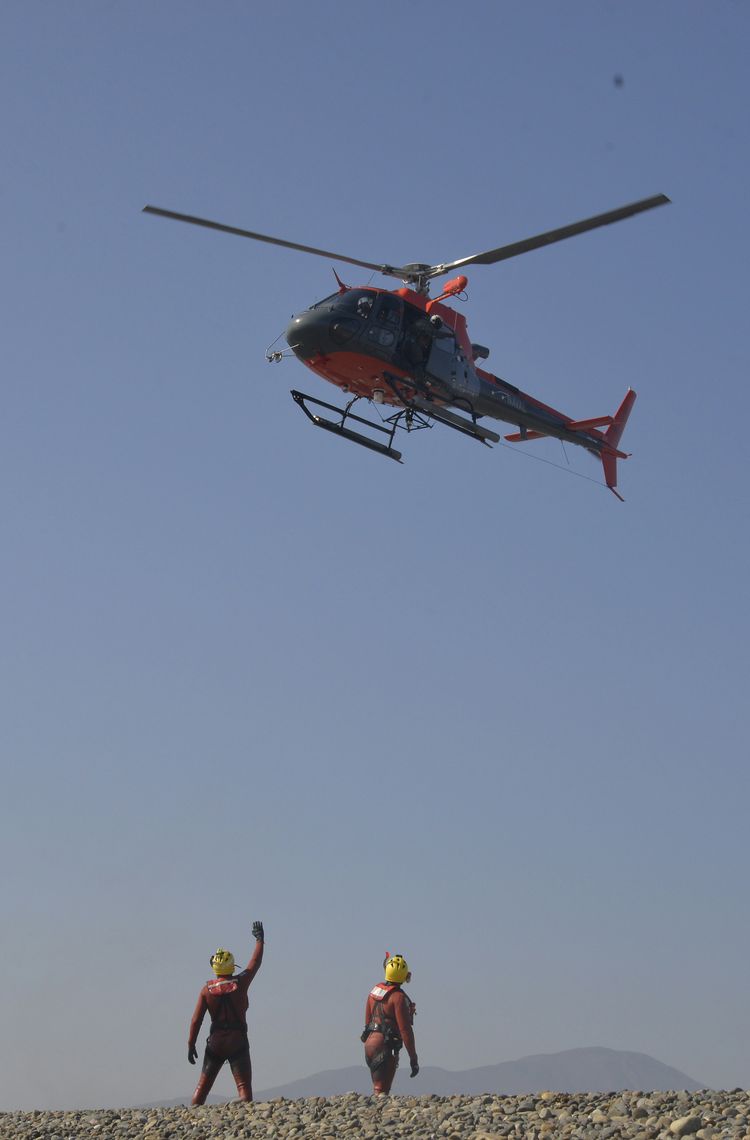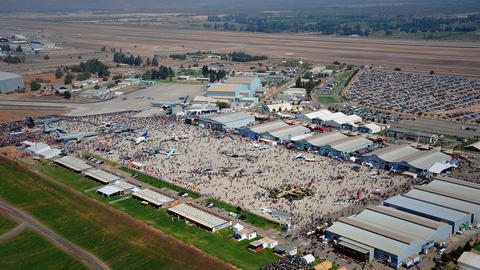Chile is a country with more than 4,300 kilometres of coastline, not including the Antarctic Territory, so naturally there are a variety of missions needed to ensure the protection of its coastal populations. The Chilean Navy carries out maritime search and rescue missions, as well as caring for the aquatic environment, safeguarding national assets and upholding maritime safety.
Around 26 million square kilometres of Chilean maritime territory are kept under the watchful eye of the Navy. When it comes to safeguarding human life at sea and supporting the rescue of its citizens, the Chilean Navy knows it can count on an efficient, fast, safe and state-of-the-art fleet.
December 2020 saw the delivery of the first of five H125 helicopters that the Navy acquired under the "Gaviota" project. This project aims to modernise the HU-1 squadron’s aircraft, which counts among its various missions the training of pilots, crews and maintenance personnel of the naval units that will work with these aircraft. Last year they received their second and third helicopter, making their first missions in the 2021/2022 summer season, a milestone for Chilean Naval Aviation.

Protecting the coasts in summer
The summer season in Chile, which ran from 15 December to 15 March, ended with the H125s having clocked approximately 260 flight hours. "Specifically, we had 18 rescues during this period, mainly on the beaches of La Serena, San Antonio and Valparaiso. We also carried out preventive patrols, which were fundamental for the protection of human life," said the Commander of the HU-1 Squadron, Commander Ignacio Gamboa Muñoz.
"The H-125 has a great power capacity, which facilitates our work on the coast, allowing us to make stationary flights to supervise bathers who put themselves at risk, facing southeast winds of 15 to 20 knots and, in addition, the aircraft offers us stability thanks to the tail rotor," highlights Commander Gamboa.
"In all the rescues we had the advantage of having a faster helicopter, compared to what we had before. In addition, we had the advantage of flying with open doors, which allowed us to go up to 130 knots, compared to the previous 90 knots, so we could go at a speed 30% faster to reach an emergency".
In terms of aircraft availability, the Navy has been very satisfied with the possibility of not having to pause between missions, which has improved its speed of response to emergencies.

New missions
The H125s have been operating in the Coquimbo and Valparaiso regions for the past few months, but their missions have gone beyond rescue, thanks to the carrying capacity of the H125: "Today we can carry out medical evacuation missions that were not possible before. In the past we used to lift 200kg, today we are lifting 600-800kg, which facilitates and greatly optimises the time required for this type of manoeuvre", says the Commander of the HU-1 Squadron, Frigate Captain Ignacio Gamboa Muñoz.
For the remainder of the year, the Navy team will be conducting training courses on the H-125 and will begin its island support missions for the communities for Juan Fernandez Island, San Felix Island and Easter Island, among other missions.

